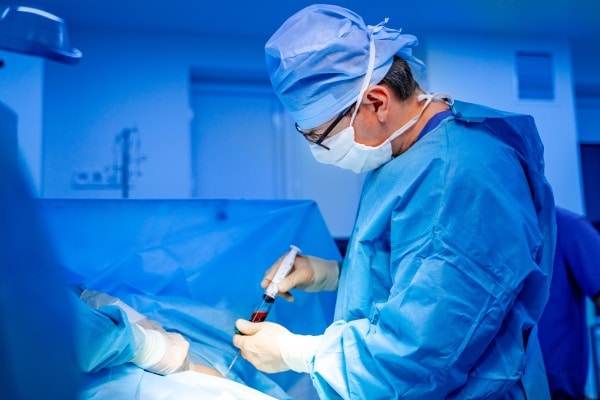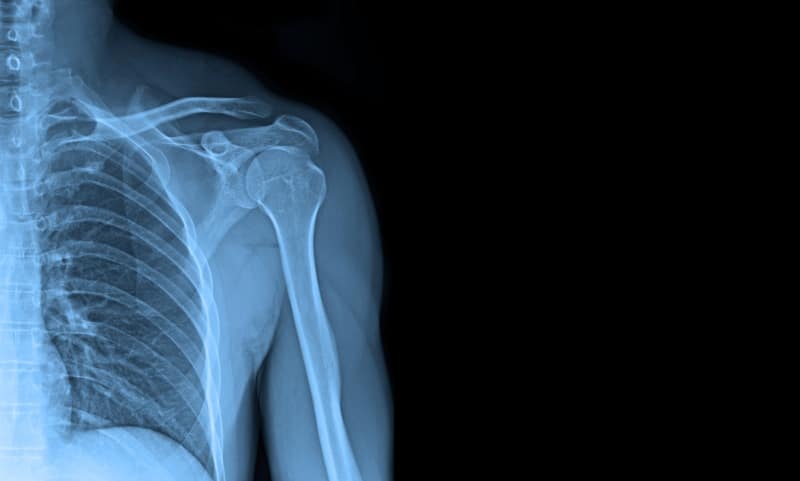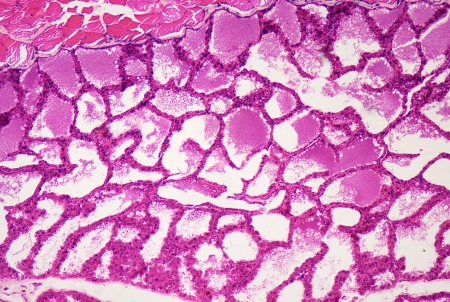Autologous Bone Grafting: A Guide for Clinicians and Patients
What is a bone graft?

Bone grafts are used in cases where there is a nonunion, malunion, for bone defects as well as in many orthopedic, trauma and oncologic situations. Bone regeneration occurs naturally in most cases, but there is a population of people that will need a bone graft due to impaired healing or other contributing factors. Bone grafts are used to fill in a gap or void in a person’s bone. Bone grafts are meant to provide support by introducing biologic factors that are essential for bone growth to a specific area in the body. There is a great deal of research around bone grafting and things are continually changing and being modified for the betterment of the grafts.
What are the elements necessary for bone growth?
To understand what a bone graft is you first need to understand how bone is formed in the body. In the most simplistic explanation, there are three elements necessary for bone to grow. The body needs osteoconductive, osteoinductive and osteogenic elements. The osteoconductive element provides a scaffold that new bone can grow on. The osteoinductive element provides the signaling molecules to initiate bone growth. The osteogenic element helps with the growth and formation of new bone. The ideal bone graft would be structurally like that of bone and contain all the properties necessary for bone regeneration; osteoconduction, osteoinduction, osteogenesis. Additionally, an ideal bone graft would provide strength and structure, pose minimal to no risk to the patient and be cost-effective.
What is the gold standard of bone grafting?

The gold standard of bone grafts is believed to be autologous grafting. This is an FDA-approved bone grafting method. In an autologous bone graft, the bone is harvested from one site in the patient to be used elsewhere in their own body. Autologous bone grafting is considered by most to be the optimal type of graft. There are many logical explanations for this rationale. An autologous bone graft naturally contains optimal amounts of growth factors and all the biological factors necessary for bone growth. Secondly, there are no issues with rejection or disease transmission due to the graft coming from the patient’s own body. These are two very important aspects to point out regarding the patient’s safety and the outcome of the procedure.
What are some of the downsides to autologous bone grafting?
An autologous graft seems to have all the bone grafting needs met, but there is some downside. First, one must consider the overall health of the patient that is requiring a bone graft. An autologous bone graft must be harvested from the patient, resulting in an additional surgical site. This additional surgical site comes with many risk factors, increased risk of infection, increased pain as well as potential donor site complications. In order to use an autologous graft, the patient must be able to withstand these additional risks. It is also worth pointing out that there is a limited amount of bone that can be harvested from one site. In order to decide if this type of graft is suitable for a patient, one must consider the amount of bone grafting material needed to determine if the patient has enough bone to harvest for the procedure. Another limitation of an autologous graft is the absorption rate within the body. The concern is that the bone graft may resorb into the body too quickly before the new bone growth is complete. This poses potential problems with new bone forming in the intended site.
What are some other considerations for autologous bone grafts?

There are many things to consider when looking at an autologous bone graft. Many believe an autologous graft is ideal if the patient is healthy enough to withstand an additional surgical site, has enough bone to harvest and they can overcome any potential surgical site healing complications. There is no one-size-fits-all bone grafting option. There are too many unknowns in the surgical world to simply rely on one type of bone graft for all bone grafting needs. There are other bone grafting options to explore such as allografts and synthetics that are approved by the FDA and may prove to be a more viable option depending on the needs of the patient.
To view products indicated for surgical wounds, please visit https://sanaramedtech.com/surgical/




